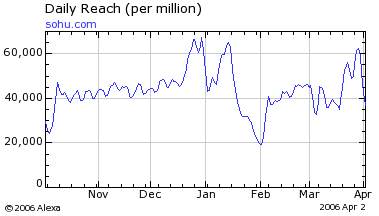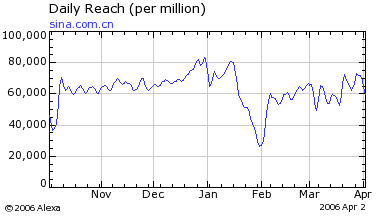Using Stop Loss Orders to Reduce Risk
First we need to cover 3 major questions about stop loss orders:
- What is a stop-loss order?
- Why should a stock market trader use stop loss orders?
- How do I place a stop loss order?
What is a stop loss order?
A stop loss order is an order that you place through your broker that tells your broker to sell your shares if the stock price hits a specified price. When the stock price hits your stop loss price, the order will execute and your shares will be sold.
Why should I use stop loss orders?
Stop loss orders are used to reduce the risk you are taking on when you buy stocks. Stop loss orders will automatically execute when the stock price hits the lowest price you want to sell at. Generally, most traders will use a stop loss of 1-2% of their entire portfolio value. So that if the stock trade is bad, they’ll only lose 1-2% of their portfolio, which on a good day, a skilled trader can make this loss back plus more.
How do I place a stop loss order?
Placing a stop loss order will vary from broker to broker. Most online brokers have this order type in their normal order entry page. You may need to contact your broker for instructions on how to place stop loss orders using their system. With Ameritrade, it’s pretty simple. Stop Loss is one of the order types to select from.
An example of how a stop loss works.
You have $10,000 dollars in your entire portfolio. You buy 100 shares of XYZ stock at 10.00 per share. First, you need to calculate the greatest amount of money you’re willing to lose on this trade. The money we’re willing to lose is the amount of risk we are willing to take. Most daytraders are willing to risk 1-2% of their entire portfolio value. We will use 1% of our entire portfolio value in this example. The math is: (entire portfolio value) * (percentage of entire portfolio value we are willing to risk or lose). For our example, this will be $10,000 (total value) * .01 (.01 is the numerical representation of 1% – which is how much we will risk). $10,000 * .01 = $100. We are willing to lose or risk $100 on this trade.
Now we need to calculate the share price we want to set our stop loss at. You take the current value of your XYZ holdings, which is $1000 (100 shares times $10 per share). Subtract the maximum amount you are willing to lose from our XYZ value: $1000 – $100 = $900. This $900 is the amount of money we will have if our stop loss order executes. Now, take $900 and divide it by the total number of shares to get our price to set the stop loss at: $900 / 100 = $9. So, $9 is our stop loss price. This is the price you will sell XYZ at due to risk management of 1% of total portfolio value. If and when the price of the stock falls to $9, our stop loss order will automatically execute and sell your stocks.
By using stop loss orders, we know our risk and how much money we may potentially lose in a trade. Psychologically, we are prepared to accept the loss, since we know our sell out price. Stop loss orders reduce risk by limiting potential losses in poor trades.


